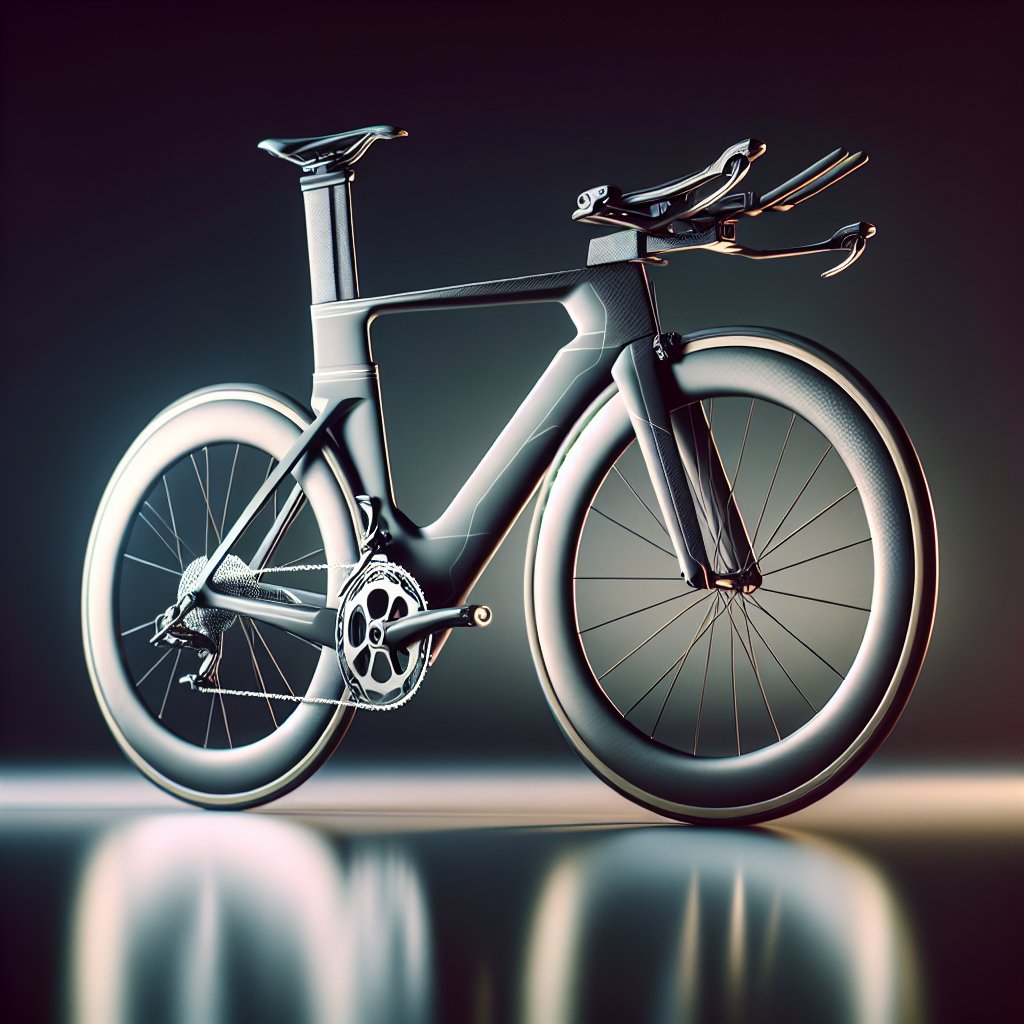Embarking on your first e-bike ride can be an exhilarating experience, blending the joy of traditional cycling with the ease of electric assistance. Whether you’re a seasoned cyclist or a complete novice, understanding what to expect can help you make the most of your journey.
Understanding the Basics of E-Bikes
Before you hit the road, it’s essential to familiarize yourself with the fundamental components and functionalities of an e-bike. Unlike conventional bicycles, e-bikes come equipped with an electric motor, a battery, and a control system that work together to provide pedal assistance. This assistance can be adjusted to suit your riding style and the terrain you’re navigating.
The Motor
The motor is the heart of the e-bike, providing the power needed to assist your pedaling. Motors can be located in various positions on the bike, including the front hub, rear hub, or mid-drive (center of the bike). Each position has its advantages and disadvantages:
- Front Hub Motors: These are typically easier to install and maintain but can affect the bike’s handling, especially on loose or uneven surfaces.
- Rear Hub Motors: These offer better traction and a more natural riding feel but can make rear wheel maintenance more challenging.
- Mid-Drive Motors: These provide a balanced weight distribution and efficient power transfer, making them ideal for varied terrains and longer rides.
The Battery
The battery is the power source for the motor, and its capacity determines how far you can ride on a single charge. Batteries are usually rated in watt-hours (Wh), with higher numbers indicating greater capacity. It’s important to consider the battery’s range, charging time, and lifespan when choosing an e-bike. Most e-bikes come with removable batteries, allowing for easy charging and replacement.
The Control System
The control system includes the display and the controller, which allow you to monitor and adjust the level of assistance provided by the motor. Displays can range from simple LED indicators to advanced LCD screens that show speed, distance, battery level, and more. The controller lets you switch between different assistance modes, such as eco, normal, and turbo, depending on your needs and preferences.
Preparing for Your First Ride
Preparation is key to ensuring a smooth and enjoyable first e-bike ride. Here are some essential steps to take before you set off:
Familiarize Yourself with the Controls
Spend some time getting to know the e-bike’s controls and display. Practice switching between assistance modes and understand how to read the battery level and other important information. This will help you feel more confident and in control during your ride.
Check the Battery
Ensure that the battery is fully charged before you start your ride. Most e-bikes come with a charger that can be plugged into a standard electrical outlet. Charging times can vary, so it’s a good idea to charge the battery overnight or well in advance of your planned ride.
Inspect the Bike
Perform a thorough inspection of the e-bike to ensure that everything is in good working order. Check the tires for proper inflation, test the brakes, and make sure the chain is well-lubricated. If you’re unsure about any aspect of the bike’s condition, consult the user manual or seek assistance from a professional bike mechanic.
Plan Your Route
Choose a route that matches your skill level and comfort with the e-bike. For your first ride, it’s best to start with a relatively flat and familiar path. As you gain confidence and experience, you can explore more challenging terrains and longer distances.
During the Ride
Once you’re ready to hit the road, there are a few key points to keep in mind to ensure a safe and enjoyable ride:
Start Slowly
Begin your ride in a low assistance mode to get a feel for how the e-bike handles. Gradually increase the level of assistance as you become more comfortable. Remember that the motor will provide a noticeable boost, so be prepared for the extra power when you start pedaling.
Maintain a Steady Pace
One of the main advantages of an e-bike is the ability to maintain a consistent speed with less effort. Use the motor’s assistance to help you keep a steady pace, especially when climbing hills or riding into headwinds. This will help you conserve energy and enjoy a more relaxed ride.
Be Mindful of Battery Usage
Keep an eye on the battery level throughout your ride and adjust the assistance mode as needed to conserve power. If you’re planning a longer ride, it’s a good idea to carry a spare battery or plan your route to include charging stops.
Follow Traffic Rules
Just like with a traditional bicycle, it’s important to follow all traffic rules and regulations when riding an e-bike. Use hand signals to indicate turns, obey traffic lights and signs, and ride in designated bike lanes whenever possible. Always wear a helmet and other protective gear to ensure your safety.
After the Ride
Once you’ve completed your first e-bike ride, there are a few steps to take to ensure your bike remains in good condition and ready for your next adventure:
Recharge the Battery
After your ride, recharge the battery to ensure it’s ready for your next outing. Avoid letting the battery completely drain, as this can reduce its lifespan. Store the battery in a cool, dry place when not in use.
Clean and Inspect the Bike
Give your e-bike a thorough cleaning to remove any dirt or debris that may have accumulated during your ride. Check the tires, brakes, and chain for any signs of wear or damage. Regular maintenance will help keep your e-bike in top condition and extend its lifespan.
Reflect on Your Experience
Take some time to reflect on your first e-bike ride and consider what you enjoyed and what you found challenging. Use this information to plan future rides and make any necessary adjustments to your bike or riding style. As you gain more experience, you’ll become more confident and skilled at navigating different terrains and conditions.
Conclusion
Your first e-bike ride is an exciting milestone that opens up a world of new possibilities for exploration and adventure. By understanding the basics of e-bikes, preparing thoroughly, and following best practices during and after your ride, you can ensure a safe and enjoyable experience. As you continue to ride, you’ll discover the many benefits of e-biking, from improved fitness and mental well-being to reduced environmental impact and greater freedom to explore. So, charge up your battery, hop on your e-bike, and get ready to embark on your next great adventure!



